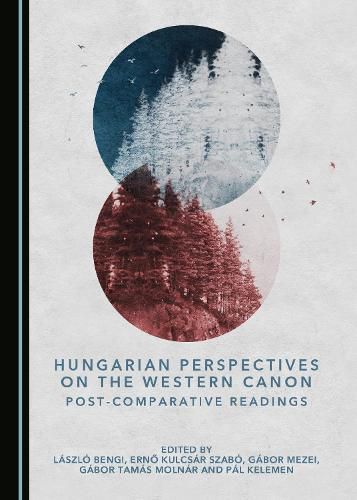Readings Newsletter
Become a Readings Member to make your shopping experience even easier.
Sign in or sign up for free!
You’re not far away from qualifying for FREE standard shipping within Australia
You’ve qualified for FREE standard shipping within Australia
The cart is loading…






In this collection, Hungarian literature is read together with canonical works of the Western literary tradition. The book studies the distinction between major and minor literatures, showing that such parallel readings may highlight previously unknown components of the literary tradition. The book does not hold traditional comparative methods, based on verifiable mediations or transactions between national philologies and national literary narratives, to be the exclusive standard of interpretation; readings can concentrate on common surfaces and textual events instead. This is what is meant by ‘post-comparative’ perspectives, a term to indicate that the conditions of a comparative reading never precede the reading itself. On this basis, the present volume points at several possibilities of how a common ground between texts can be created, especially because the chapters within it perform parallel readings in highly different ways.
$9.00 standard shipping within Australia
FREE standard shipping within Australia for orders over $100.00
Express & International shipping calculated at checkout
In this collection, Hungarian literature is read together with canonical works of the Western literary tradition. The book studies the distinction between major and minor literatures, showing that such parallel readings may highlight previously unknown components of the literary tradition. The book does not hold traditional comparative methods, based on verifiable mediations or transactions between national philologies and national literary narratives, to be the exclusive standard of interpretation; readings can concentrate on common surfaces and textual events instead. This is what is meant by ‘post-comparative’ perspectives, a term to indicate that the conditions of a comparative reading never precede the reading itself. On this basis, the present volume points at several possibilities of how a common ground between texts can be created, especially because the chapters within it perform parallel readings in highly different ways.